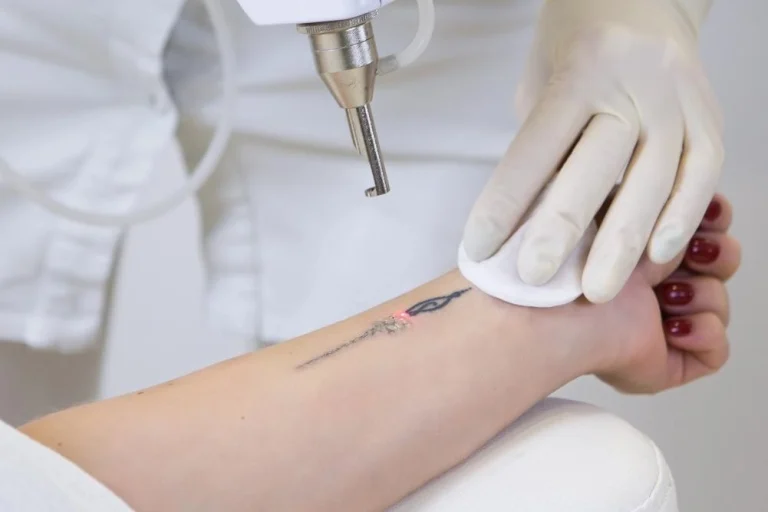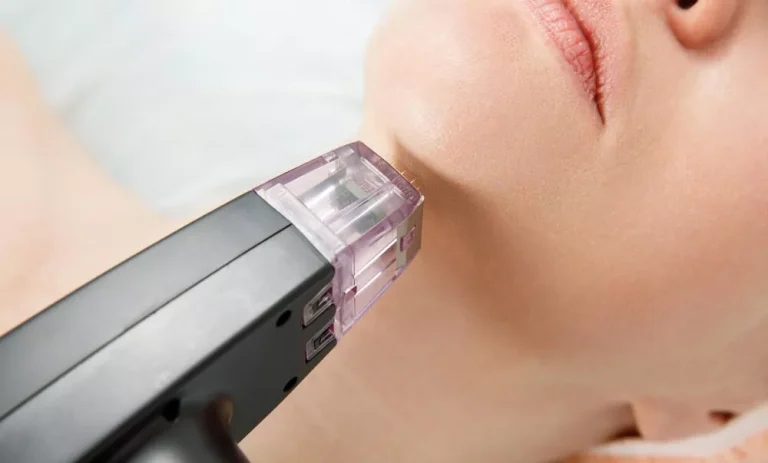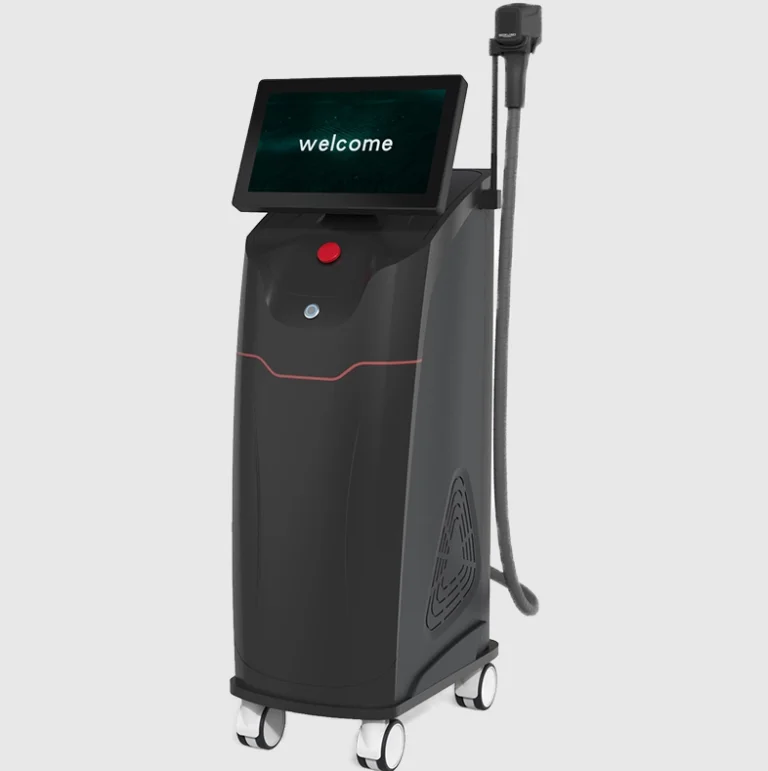Tattoo removal has come a long way lately, and the arrival of picosecond laser technology is a huge step forward in speed, safety, and flexibility. But does it really beat the older ways? To figure that out, let’s look at how the earlier methods functioned and what sets picosecond lasers apart.
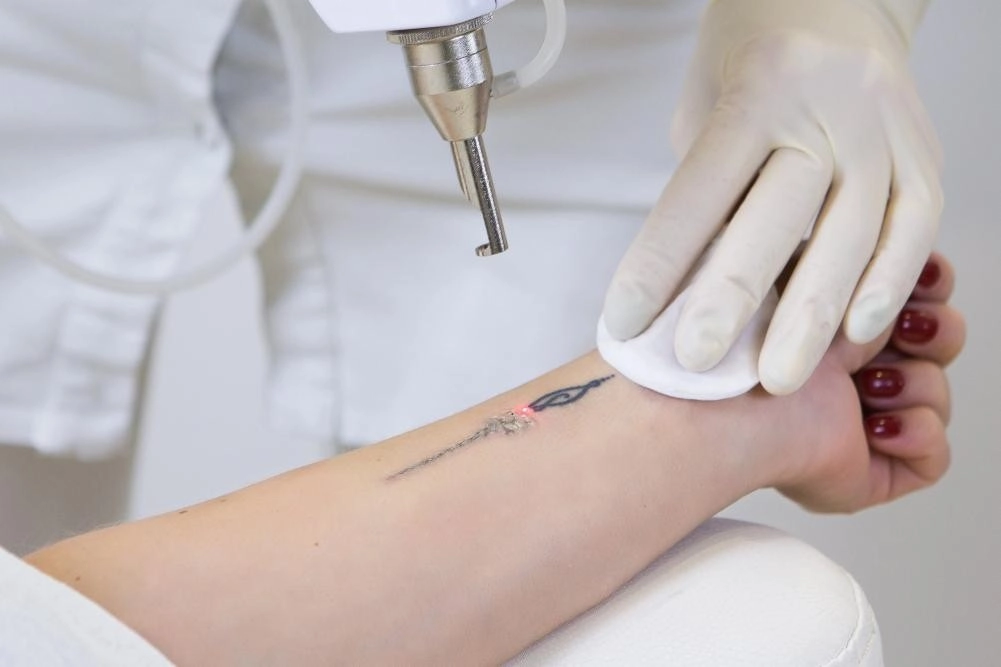
Why Traditional Tattoo Removal Had Its Limits
For a long time, Q-switched lasers were the go-to choice for removing tattoos. These tools sent out pulses in nanoseconds (a tiny fraction of a second) to warm up and break apart ink bits. While they worked okay for some tattoos, there were quite a few problems.
Most folks needed between 10 and 20 visits, based on the tattoo’s size, spot on the body, shade, and how old it was. The whole thing took forever and often felt rough. The sessions could hurt a lot, sometimes even more than getting the tattoo itself. On top of that, there was a bigger chance of scars, burns, or skin color changes, especially for people with darker skin.
Shades like yellow, green, and pale blue were super hard to get rid of. As tattoos got fancier with more colors, these issues became harder to ignore.
Enter the Picosecond Laser
Picosecond lasers are a big leap ahead of the older tools. They send out pulses in just a trillionth of a second—way quicker, about 1,000 times faster than nanosecond lasers. This super-short burst lets them hit ink bits more exactly with less heat involved.
Arfurla Picosecond Laser is a top-notch, gentle picosecond laser system built to give amazing results in skin renewal, fixing dark spots, tattoo removal, and smoothing acne scars.
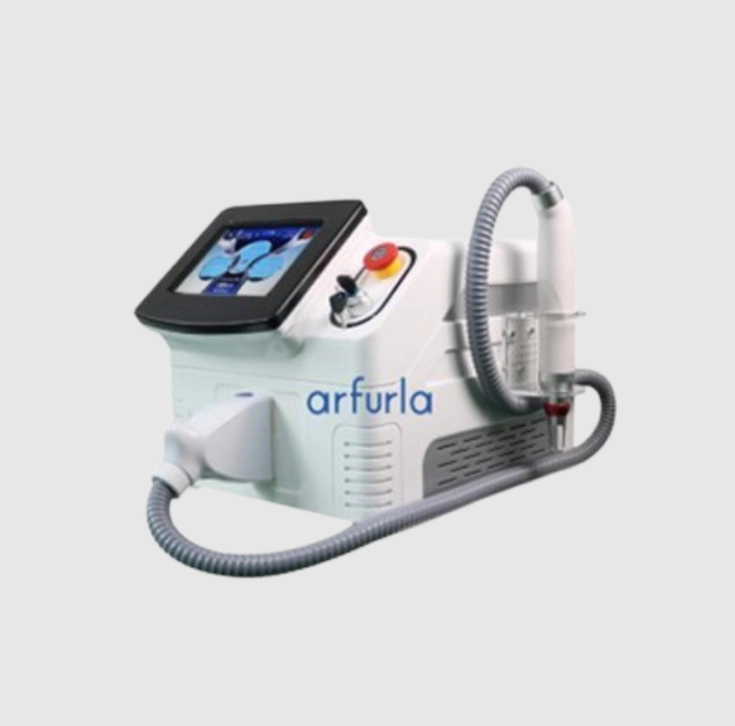
More Precise Ink Shattering
The quickness of picosecond lasers lets them make a special shockwave effect. This breaks ink into tiny pieces without harming the skin nearby.
It splits ink and dark spots into super small bits, so they clear out faster. This action, which isn’t based on heat, leads to:
- Quicker clearing by the body
- Less harm to the skin
- Lower chance of redness or scars
Many people notice their tattoo fading after just a couple of visits, unlike the 10 to 20 trips often needed with Q-switched lasers.
Better Results on Stubborn Colours
One awesome perk is how well they handle tough shades. With their lightning-fast pulses and strong power, picosecond lasers can tackle:
- Green
- Light blue
- Yellow
- Light purple
- Pastel tones
The 755nm wavelength grabs onto melanin really well, making it perfect for dark tattoos like black or blue. Meanwhile, 532nm works great on red or light brown spots by targeting blood and surface melanin nicely.
Reduced Risk of Side Effects
Older ways often risked burns or skin tone shifts because of heat damage. Picosecond lasers cut down on these dangers by delivering energy fast, avoiding heat buildup.
No Heat Harm: This lowers the chance of redness or dark patches. It’s safer for every skin type, even darker ones, and recovery between visits is much quicker.
Are Picosecond Laser Tattoo Removals Worth Considering?
Definitely. While nanosecond lasers are still around and might be cheaper for basic tattoos or fewer colors, picosecond lasers shine in almost every way:
- Fewer trips needed
- Greater success with colorful tattoos
- Safer for all skin shades
- Less worry about lasting side effects
Spending on this pays off with better results and happier clients.
What to Expect from Modern Tattoo Removal from Arfurla Best Picosecond Laser Tattoo Removal Machine
Personalised Assessment
Before starting with Arfurla’s high-tech laser systems, clients get a custom check based on:
Your skin type and shade (using the Fitzpatrick scale)
Tattoo size, place, how old it is
Complexity of ink colors
Whether it’s pro or amateur work
This makes sure the settings are just right for safety and good results.
Fewer Treatment Sessions
Instead of 10 to 20 visits, lots of folks see good changes in just 4 to 8 trips. This cuts down on time and money big time.
Less Pain, Faster Recovery
Since Arfurla’s machines use super-quick picosecond pulses (not the old Q-switching kind), it doesn’t hurt as much compared to past tools. Most say it’s bearable—like a rubber band snap—and healing usually takes just a few days.
Better Results for All Skin Tones
Older tech was risky for darker skin because of heat issues. Arfurla’s setup is safer thanks to its careful design:
With such short pulses, the chance of unwanted dark spots (PIH) drops.
This opens up tattoo removal to everyone, no matter their background or Fitzpatrick skin type.
How to Maximise Your Results
To get the best from your sessions:
- Stay out of the sun before and after each visit.
- Stick to aftercare tips, like keeping the spot clean and dry.
- Drink plenty of water; it helps your body clear out ink bits.
- Keep up with your appointments—results get better over time.
Frequently Asked Questions
Can any tattoo be fully removed?
Most can fade a lot or vanish, depending on stuff like how deep the ink is, what kind it is, and its color.
Is it safe?
Yes—with FDA-cleared gear like Arfurla’s systems, handled by trained experts.
Does it hurt?
There’s a bit of discomfort, but it’s doable; numbing cream can be used if needed.
Can I remove only part of my tattoo?
Yes—picosecond lasers are super exact, so they can target just one area without touching the rest.
Become Our Global Distributor of the Best Picosecond Laser Tattoo Removal Machine
Arfurla is on the hunt for worldwide partners to help spread our top-tier laser tech. We’ve got our own research team and factory, so we offer OEM and ODM services to distributors everywhere.
Contact Arfurla Today
Join us in changing beauty tech around the world. Get in touch at info@arfurla.com or call +86-1830-1023-578 now!

